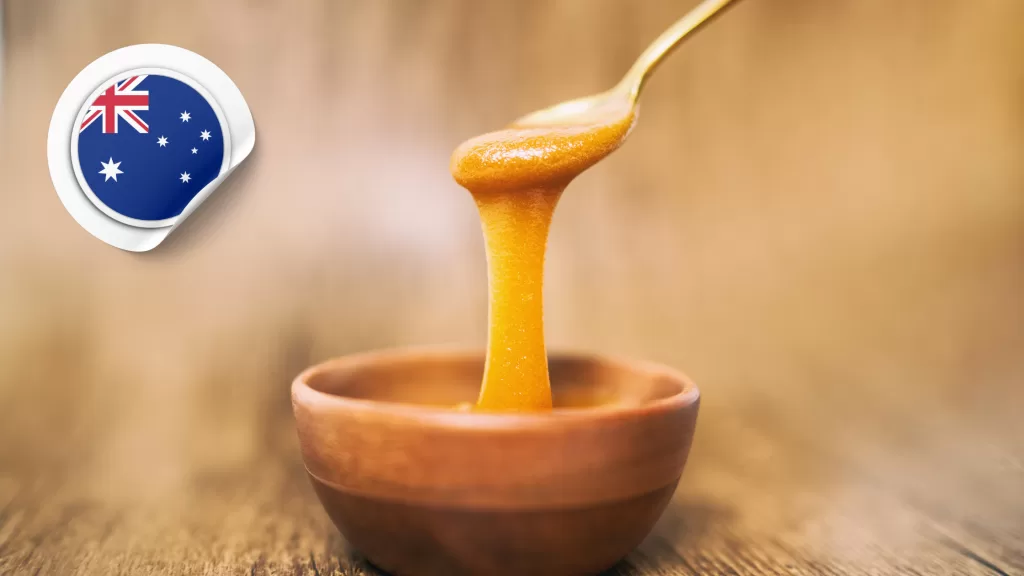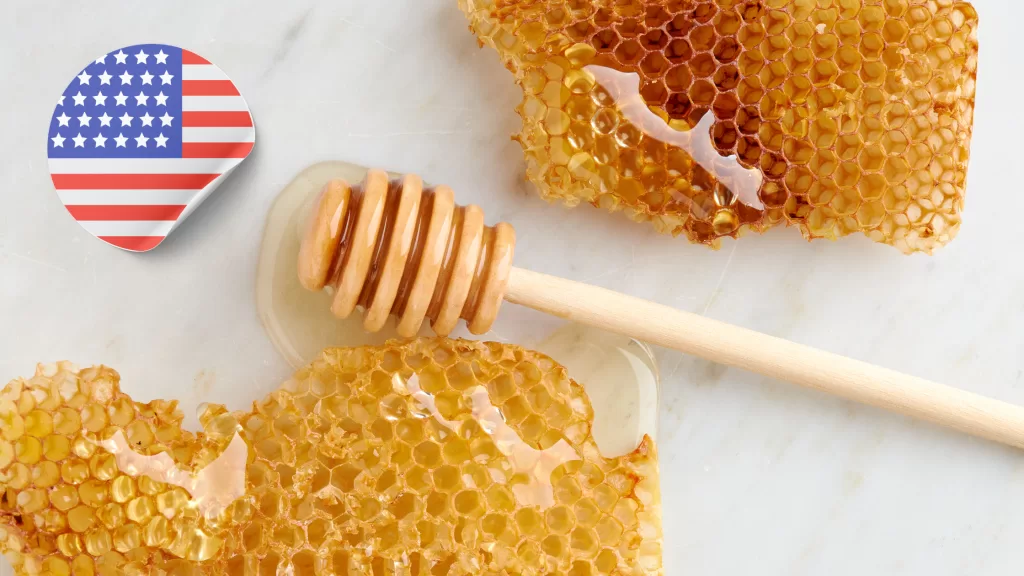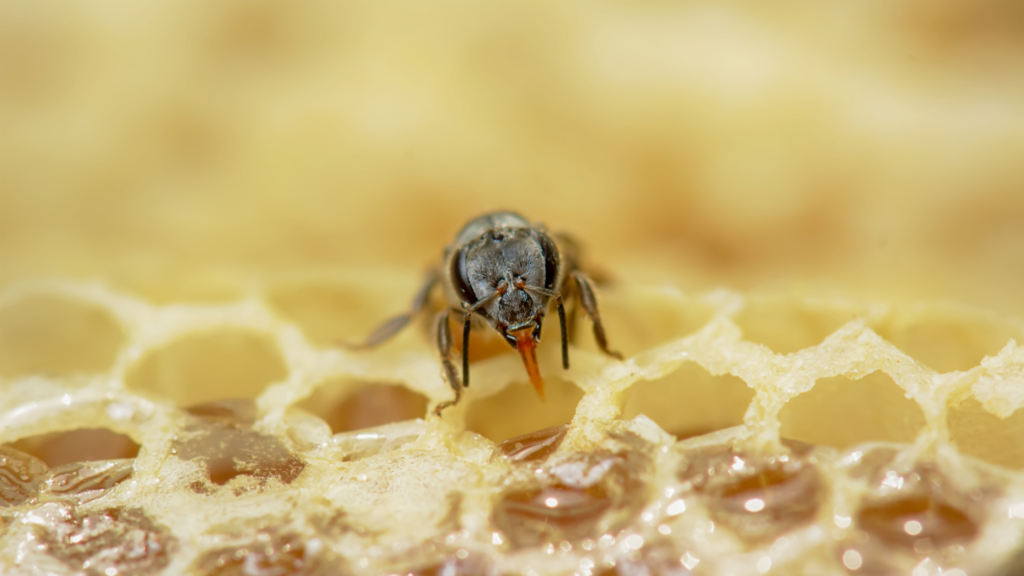Athletic Performance
Athletic Performance: Unleashing the Power of Honey to Boost Energy and Aid in Exercise Recovery
When it comes to athletic performance, maximizing energy levels and supporting efficient recovery are crucial. While there are various sports nutrition options available, honey stands out as a natural and effective choice. Packed with carbohydrates, antioxidants, and other beneficial compounds, honey offers a range of benefits for athletes. In this article, we will explore how honey can boost energy levels, enhance performance, and aid in exercise recovery, allowing athletes to unleash their full potential.
Athletic Performance:
Honey serves as an excellent source of natural energy due to its unique carbohydrate composition and glycemic index. Here’s how honey can power up your performance:
- Carbohydrates: Honey is primarily composed of carbohydrates, mainly fructose and glucose. These sugars are easily digestible, providing a quick and sustainable source of energy for athletes.
- Glycemic Index: Honey has a moderate glycemic index (GI), which means it releases energy into the bloodstream at a steady pace. This gradual release helps maintain stable blood sugar levels during exercise, preventing energy crashes.
Honey can enhance athletic performance in various ways, offering advantages across different types of exercises and sports:
- Endurance Exercise: During prolonged endurance activities, such as long-distance running or cycling, honey can help delay fatigue by providing a steady supply of carbohydrates. This can improve performance and help athletes push their limits.
- High-Intensity Exercise: For high-intensity activities like sprinting or weightlifting, honey offers quick energy to support explosive movements and intensity. Its easily digestible sugars can be rapidly utilized by the muscles, aiding in power and performance.
- Electrolyte Balance: Honey contains small amounts of essential electrolytes, such as potassium and sodium, which help maintain proper hydration and muscle function during exercise.
Honey’s benefits extend beyond performance during exercise; it also aids in post-workout recovery and muscle repair:
- Muscle Glycogen Replenishment: Consuming honey post-workout helps replenish muscle glycogen stores, which are depleted during intense exercise. Adequate glycogen levels promote faster recovery and prepare the body for subsequent training sessions.
- Anti-Inflammatory Properties: Honey possesses natural anti-inflammatory properties, attributed to its antioxidants and bioactive compounds. These properties help reduce exercise-induced inflammation and support faster recovery.
- Wound Healing and Tissue Repair: Honey’s antibacterial properties can aid in wound healing and tissue repair, benefiting athletes who may experience minor injuries or skin abrasions during training or competition.
To harness the benefits of honey for athletic performance, consider the following suggestions:
- Pre-Workout Fuel: Consume honey as part of your pre-workout snack or meal. Pair it with complex carbohydrates, such as whole grains or fruits, for sustained energy release.
- During Exercise Fueling: During longer workouts or endurance activities, consider using honey as a natural energy gel or mixing it with water for a quick energy boost.
- Post-Workout Recovery: Include honey in your post-workout nutrition, along with protein-rich foods, to replenish energy stores and support muscle repair. This can be done by incorporating honey into smoothies, yogurt, or protein bars.
When using honey for athletic performance, keep the following points in mind:
- Quality and Authenticity: Choose high-quality, pure honey to ensure you’re receiving the desired nutritional benefits. Look for reputable brands or local sources.
- Portion Control: While honey offers valuable energy, it is still a concentrated source of calories. Be mindful of portion sizes and incorporate it as part of a well-balanced sports nutrition plan.
- Personal Tolerance: As with any new addition to your diet, monitor your individual tolerance and adjust the quantity or timing of honey consumption based on your body’s response.
Honey stands as a natural powerhouse for athletes, providing a reliable source of energy, supporting performance enhancement, and aiding in exercise recovery. Its carbohydrate content, glycemic index, and beneficial properties make it an excellent choice for athletes seeking natural sports nutrition options. By incorporating honey into your training routine, you can optimize your energy levels, enhance performance, and promote faster recovery, helping you reach your athletic goals with the sweetness of natural goodness.
More From The hive:

A Comprehensive Guide to Australian Honey: Types, Production, and Benefits
Australia is home to some of the world’s finest honey, known for its unique flavors, exceptional quality, and health benefits. Thanks to its diverse flora and pristine natural environment, Australia produces honey that reflects the rich biodiversity of its landscapes. Whether it’s the famous Manuka honey from the Leptospermum trees

An In-Depth Guide to Honey in the United States of America (USA): Types, Production, and Benefits
Honey, one of nature’s sweetest treasures, has been an integral part of human diets and cultures for thousands of years. In the United States of America (USA), honey production is not only a thriving industry but also a testament to the country’s diverse ecosystems. From the tropical blossoms of Florida

The Small Honey Bee (Apis florea): A Comprehensive Guide to One of Nature’s Tiny Pollinators
The Small Honey Bee, scientifically known as Apis florea, is one of the lesser-known species of honey bees, yet it plays a vital role in the ecosystems of Asia and parts of the Middle East. Despite its size, the Apis florea bee is a remarkable pollinator, and its unique biology

Exploring the Sweet Diversity of Canadian Honey: A Guide to Types and Flavors
Canada is home to a rich tapestry of landscapes and climates, each contributing to the unique flavors and types of honey produced across the country. From the prairies of Alberta to the forests of British Columbia, Canadian honey reflects the diverse flora that bees visit. In this blog, we will

The Rock Honey Bee (Apis laboriosa): Guardians of the Himalayan Honey
The Rock Honey Bee (Apis laboriosa) is an awe-inspiring species that thrives in the rugged landscapes of the Himalayas, where it builds massive nests on vertical cliffs. Known for producing highly prized wild honey and for its ability to endure extreme mountain conditions, this bee species has captivated researchers, beekeepers,

The Giant Honey Bee (Apis dorsata): Nature’s Fearless Honey Maker
The Giant Honey Bee, scientifically known as Apis dorsata, is a remarkable species native to South and Southeast Asia. Known for its impressive size, bold temperament, and incredible honey-producing capabilities, this bee plays a crucial role in the ecosystem and supports human livelihoods. Despite its importance, the Giant Honey Bee
